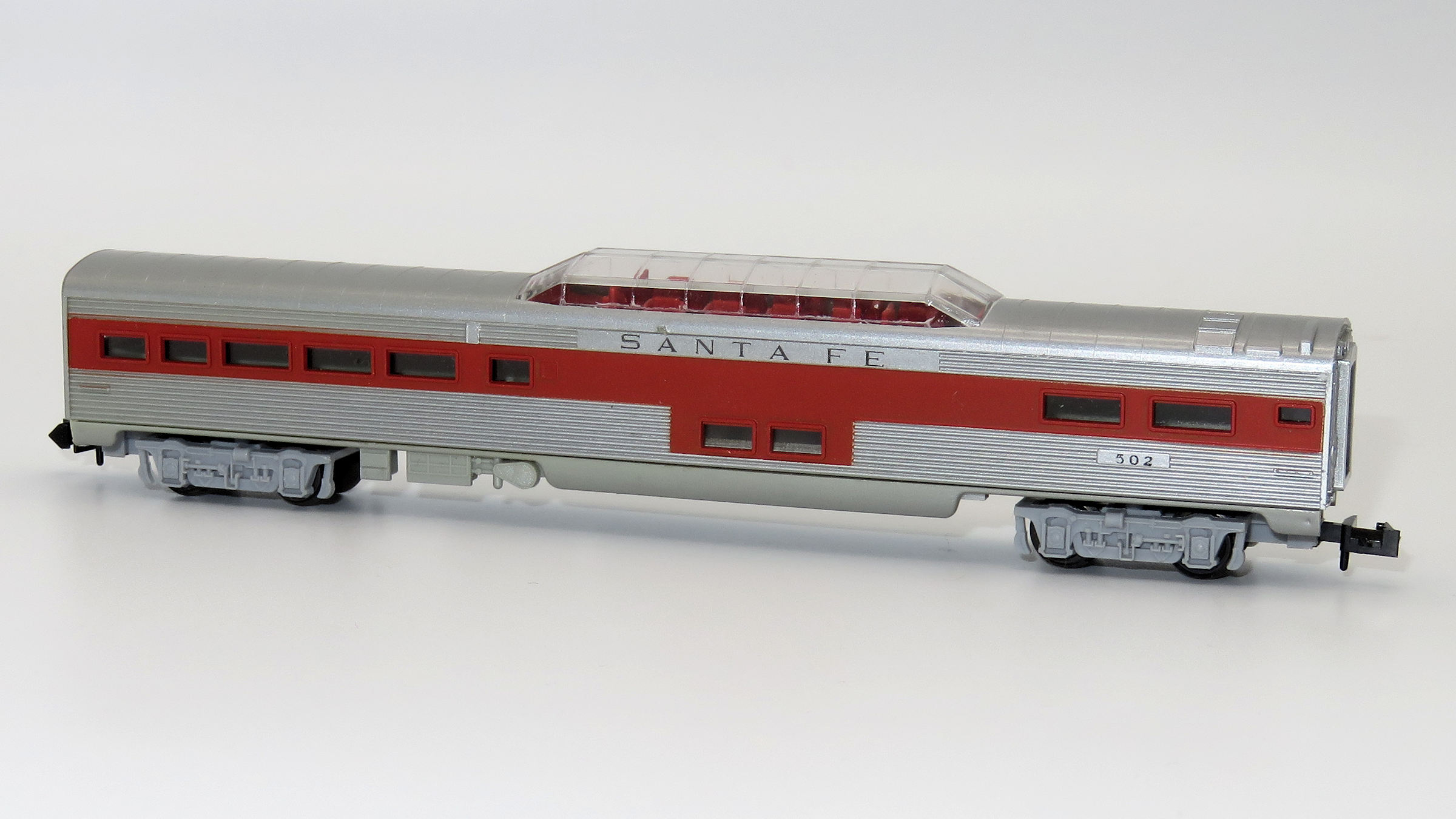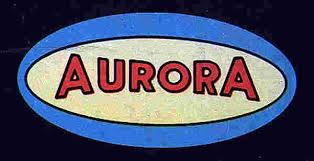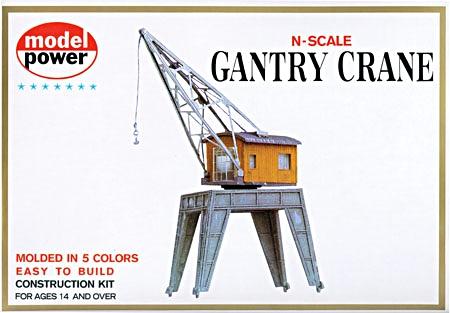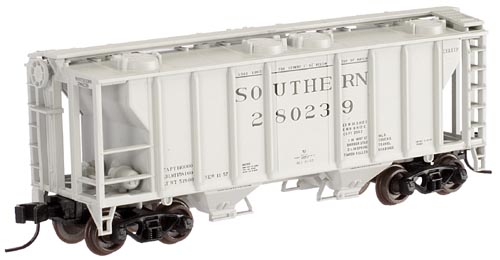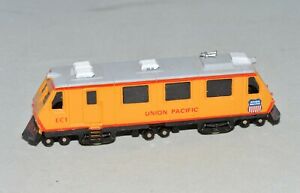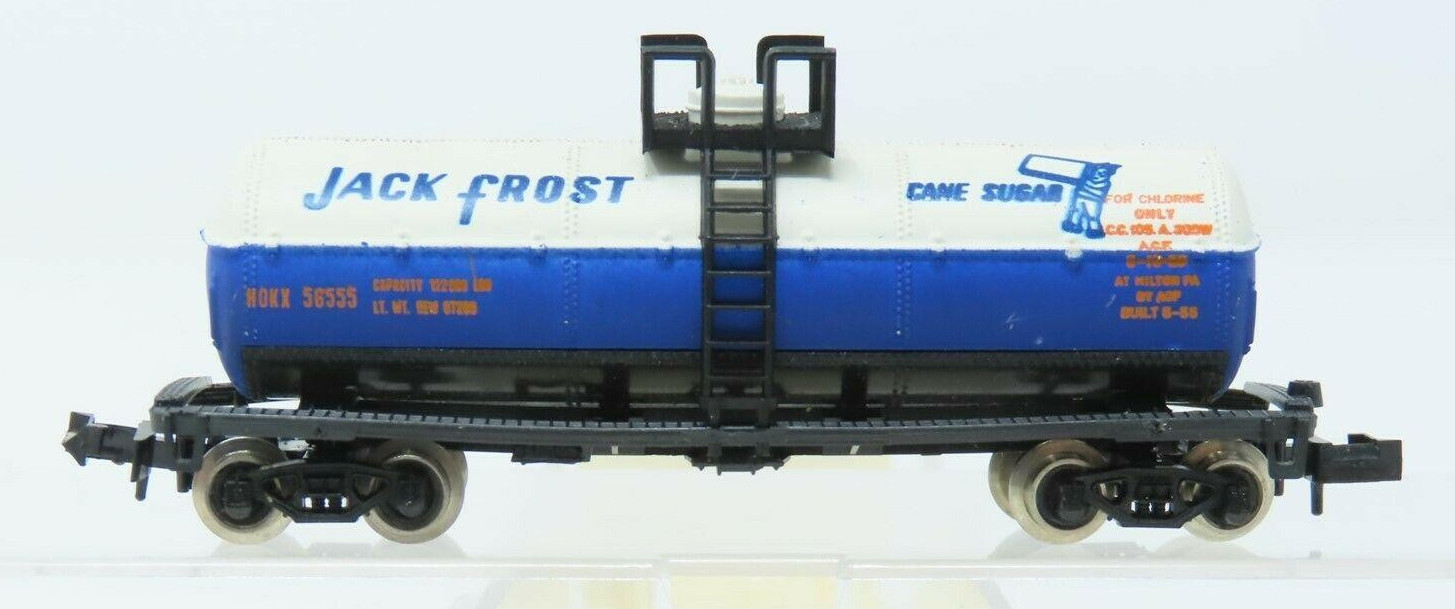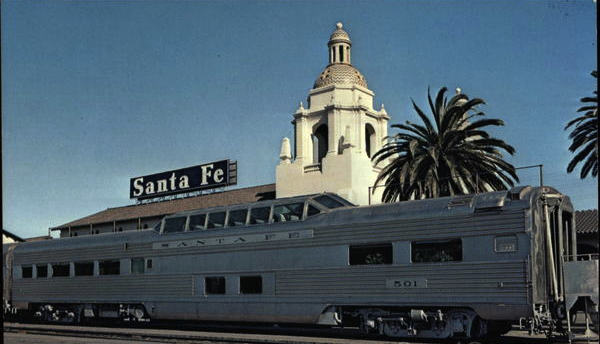Prototype History: The Pleasure Domes are a fleet of six streamlined dome lounge cars built by Pullman-Standard for the Atchison, Topeka and Santa Fe Railway ("Santa Fe") in 1950. The cars were used exclusively on the Super Chief from their introduction in 1950 until the end of Santa Fe passenger service in 1971. Amtrak retained all six cars and continued to operate them until 1980 when they were retired. All six were preserved. The Pleasure Dome, with its famed "Turquoise Room" private dining room, contributed to the Super Chiefs reputation for elegance and luxury. The name is derived from a line in Samuel Taylor Coleridge's poem Kubla Khan.
The Pleasure Domes were lounge-dining cars, but with some unusual variations. Most dome lounges had two areas: the dome seating area above, and the lounge area below. The Pleasure Domes added a third area: a private dining room named the "Turquoise Room" which was available by reservation only and could seat 12. Newspaper reports of the 1950s noted that these cars constituted "the first private dining room on wheels." The dome seating area featured parlor car-style swivel chairs. Meals in the Turquoise Room were prepared in an adjoining dining car.
From Wikipedia
The Pleasure Domes were lounge-dining cars, but with some unusual variations. Most dome lounges had two areas: the dome seating area above, and the lounge area below. The Pleasure Domes added a third area: a private dining room named the "Turquoise Room" which was available by reservation only and could seat 12. Newspaper reports of the 1950s noted that these cars constituted "the first private dining room on wheels." The dome seating area featured parlor car-style swivel chairs. Meals in the Turquoise Room were prepared in an adjoining dining car.
From Wikipedia
Road Name History: The Atchison, Topeka and Santa Fe Railway (reporting mark ATSF), often abbreviated as Santa Fe or AT&SF, was one of the larger railroads in the United States. Chartered in February 1859, the railroad reached the Kansas-Colorado border in 1873 and Pueblo, Colorado, in 1876. To create a demand for its services, the railroad set up real estate offices and sold farm land from the land grants that it was awarded by Congress. Despite the name, its main line never served Santa Fe, New Mexico, as the terrain was too difficult; the town ultimately was reached by a branch line from Lamy.
The Santa Fe was a pioneer in intermodal freight transport, an enterprise that (at one time or another) included a tugboat fleet and an airline (the short-lived Santa Fe Skyway). Its bus line extended passenger transportation to areas not accessible by rail, and ferryboats on the San Francisco Bay allowed travelers to complete their westward journeys to the Pacific Ocean. The ATSF was the subject of a popular song, Harry Warren & Johnny Mercer's "On the Atchison, Topeka and the Santa Fe", written for the film, The Harvey Girls (1946).
The railroad officially ceased operations on December 31, 1996, when it merged with the Burlington Northern Railroad to form the Burlington Northern & Santa Fe Railway.
Read more on Wikipedia.
The Santa Fe was a pioneer in intermodal freight transport, an enterprise that (at one time or another) included a tugboat fleet and an airline (the short-lived Santa Fe Skyway). Its bus line extended passenger transportation to areas not accessible by rail, and ferryboats on the San Francisco Bay allowed travelers to complete their westward journeys to the Pacific Ocean. The ATSF was the subject of a popular song, Harry Warren & Johnny Mercer's "On the Atchison, Topeka and the Santa Fe", written for the film, The Harvey Girls (1946).
The railroad officially ceased operations on December 31, 1996, when it merged with the Burlington Northern Railroad to form the Burlington Northern & Santa Fe Railway.
Read more on Wikipedia.
Brand/Importer Information: In 1967, Aurora Plastics Corporation started importing the Minitrix N Scale product line. These trains were marketed as Postage Stamp Trains. It was a bold entry into what would become a very active market in the new N-Scale model train market. The basic starter set took advantage of N-Scale’s small size by packaging everything necessary for a small model railroad in a book-like box. The larger starter sets were packaged in more conventional boxes. Aurora went out of business in 1977.
The Body styles of this product line were made in Austria by Roco, imported into the United States by Minitrix and then rebranded by Aurora. Some of the exact same molds were also produced by Roco for Atlas who branded them using their own name.
A lot of information can be found on All about Aurora Postage Stamp Trains web site by David K. Smith.
The Body styles of this product line were made in Austria by Roco, imported into the United States by Minitrix and then rebranded by Aurora. Some of the exact same molds were also produced by Roco for Atlas who branded them using their own name.
A lot of information can be found on All about Aurora Postage Stamp Trains web site by David K. Smith.
Item created by: gdm on 2017-03-19 16:28:47. Last edited by klausnahr on 2020-11-23 16:25:10
If you see errors or missing data in this entry, please feel free to log in and edit it. Anyone with a Gmail account can log in instantly.
If you see errors or missing data in this entry, please feel free to log in and edit it. Anyone with a Gmail account can log in instantly.



